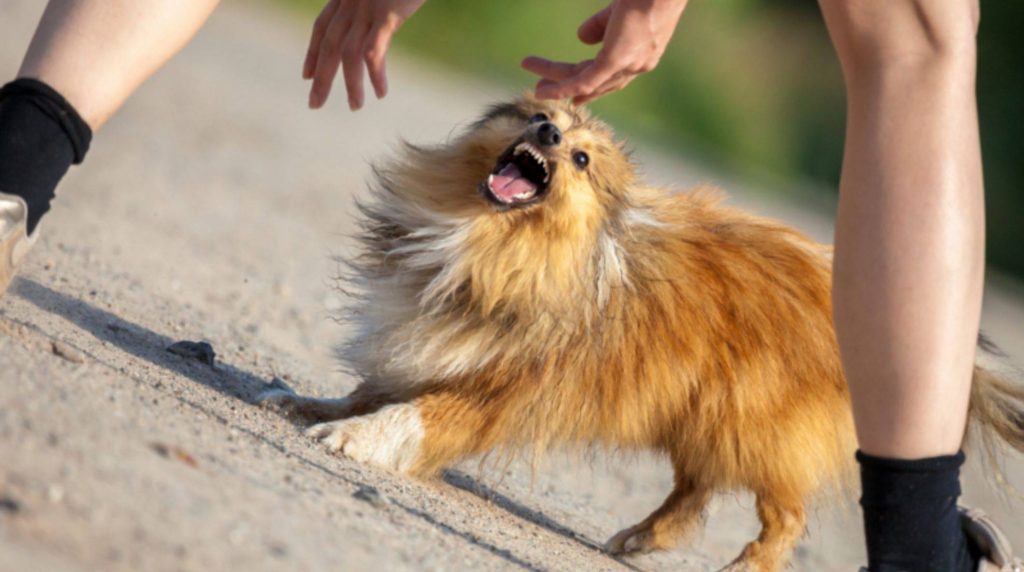Not to annoy the other person. Nevertheless, people keep coming up with the idea of teasing dogs in one way or another, whether it’s directly about noise, tail-pulling, or worse. Or by withholding their favorite toy. One thing is sure: getting four-legged friends upset can have frightening consequences. Here you can read how children can learn about this.

It seems almost like a small sport to tease dogs as often and sustainably as possible for some. Most get angry without thinking about it. Or they argue that the animal supposedly has fun doing it. Experience shows that the opposite is the case. Dogs can develop serious behavioral problems if they are bullied too often. Difficulties can be so severe that even a dog with a strong personality becomes frightened or aggressive at some point.
Many variants that throw dogs off balance
Of course, all forms of annoying dogs have a particularly drastic and lasting effect on puppies. However, older dogs can also go through long-term changes in character due to constant bullying. Noise from a vacuum cleaner, for example, or a stick rattling along a fence, may at first provoke supposedly “funny” reactions in the dog. But these actions can lead to panicky behavior, problems with self-esteem, and altered temperament. Direct activities such as tail pulling, nudging, or knocking over the lead to uncontrollable, often aggressive, reactions.
If your dog is irritated by the suggestion of throwing or hiding his toy and the corresponding action is not resolved positively, this will frustrate your four-legged friend. All of the steps mentioned can ultimately result in your dog’s trust in people being permanently disturbed. Hyperactive, uncontrolled behavior or even bites can be the result.
Gradually break the habit of annoying children.
Children sometimes have the habit of loving the dog very much in the family circle but still happily teasing and provoking it. This is not meant in a wrong way; they are just not yet aware of the consequences of their actions. With dire consequences: although many dogs are highly tolerant of overly temperamental children, the little ones bite repeatedly. Teaching the child to be kind and respectful to the dog protects and increases the safety of your loved ones.
Step 1:
Separate child and dog immediately if your offspring starts to annoy or hurt the four-legged friend. Bring your dog into an extra room or the garden. Explain to your child that irritating or causing pain to dogs is dangerous. Emphasize that dogs are not stuffed animals and must be treated with care and respect. Announce that your child will not be allowed to play with the dog again unless they are gentler with them.
Step 2:
Teach your child that animals, like people, have feelings and feel pain when bullied. Ask your child how they would feel if they were pushed or pinched by this or that person. Praise your child when they respond empathetically to your questions and explanations.
Step 3:
Make sure that your child is no longer alone with the dog. This applies to even the slightest moment. Monitor the interactions closely until your child has learned to stop teasing or hurting the furry friend. If you continue to observe such behavior, create more breaks in which the child and dog are separated. For example, explain that your child is not allowed to play with the dog for the rest of the day because of an action.
Step 4:
Teach your child how to understand your four-legged friend’s body language. Draw attention to signs that indicate your dog dislikes human behavior. For example, growling, puckering up, tail wagging, or standing very stiff and still. Warn against making direct eye contact at such signs. Instead, your child should slowly move away from the animal.
Let your child know never to pursue or chase the dog if it backs away from them. Warn your child about situations in which they cannot approach, pet, or play with the dog. For example, when the four-legged friend eats, sleep takes care of its puppies and gnaws on a bone or toy.









